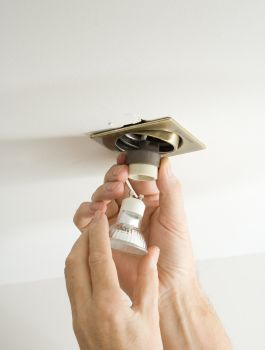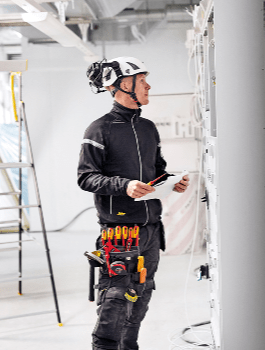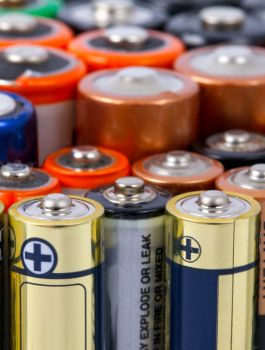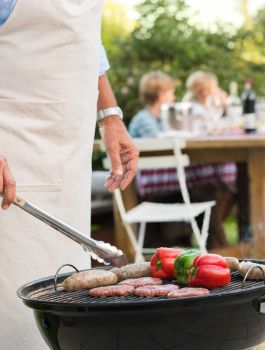
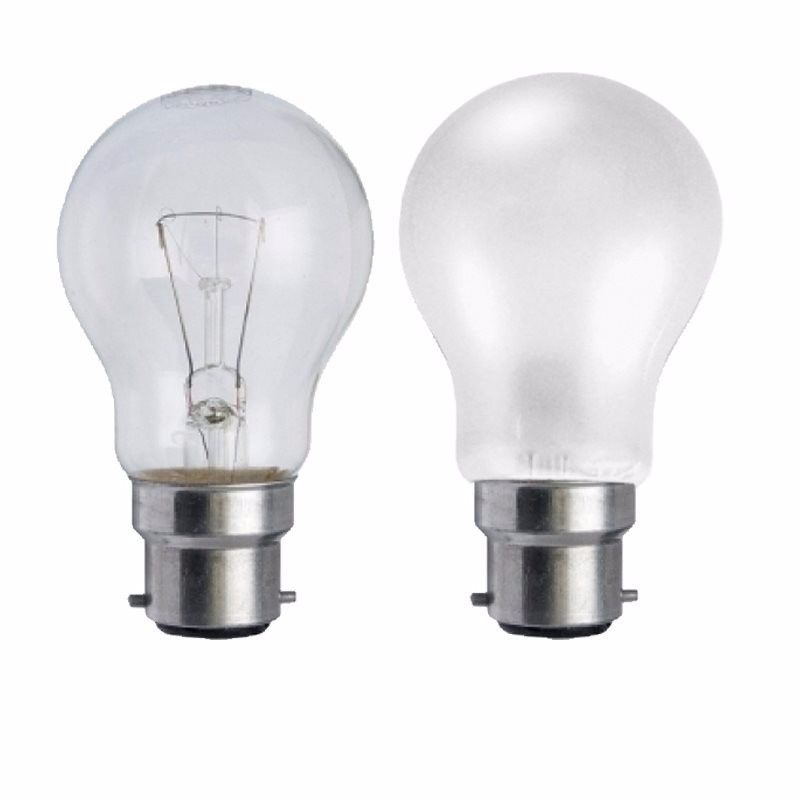
A common question in replacing incandescent bulbs with LED equivalent and it just so happens that we have the answer, so read on.....
A lot of existing fittings will have markings which say max 40w, 100 watts etc
If the question is 'Can I use a 20 watt led bulb with 100 watt output in a light fitting which says max 60 watts?' This is fine.
Usually the max wattage has to do with heat output of traditional bulbs more so than the current draw, but you should take this into consideration and not assume you can put a higher wattage in (only a higher output equivalent).
When it comes to replacing old incandescent bulbs with LED bulbs, a common question that  customers ask is: “Can I use an LED that has a higher wattage equivalent than my fixture allows?” The simple answer is yes, as long as the LED bulb uses less wattage than your fixture.
customers ask is: “Can I use an LED that has a higher wattage equivalent than my fixture allows?” The simple answer is yes, as long as the LED bulb uses less wattage than your fixture.
If you see a label which says “100-Watt LED equivalent” that does not mean that the bulb actually uses 100 Watts, it means that it produces an amount of light equivalent to a 100-Watt incandescent bulb. If your socket says not to exceed 60-Watts, it is referring to the dangers of high heat output associated with incandescent bulbs.
LED's however, do not emit dangerous levels of heat. So, if your fixture says “not to exceed 60-Watts” but you want to use a 100-Watt equivalent LED bulb, it is safe to do it.
So, why ARE LED's so much more efficient?
It's because they don't use direct heat to produce light. Incandescent bulbs give off a much wider spectrum of radiation because they are heating metal as the source of light - they give off visible light but they also give off invisible radiation, such as UV and infrared light, so they use more energy. LED's, on the other hand, give off only radiation from visible light which is a much narrower spectrum, and this makes them a huge amount more efficient.
How do I know if my LED bulb will be bright enough?
When dealing with LED bulb brightness, you want to think in Lumens rather than Watts. In general, an 800 Lumen LED bulb produces the same amount of light as a 60-Watt incandescent light bulb.
If you want something even brighter, then for a 60-Watt fixture you could use a 100W, 125W or 150W LED equivalent - they all use under 60-Watts. 150W LED bulbs produce around 2,600 Lumens but uses only about 30-Watts. The significance of this is using a 150W LED in a 60W socket will give you three times more brightness than the 60W incandescent bulb.
|
Brightness in Lumens
|
220+ |
400+ |
700+ |
900+ |
1300+ |
|
Standard
|
25W |
40W |
60W |
75W |
100W |
|
Halogen
|
18W |
28W |
42W |
53W |
70W |
|
CFL
|
6W |
9W |
12W |
15W |
20W |
|
LED
|
4W |
6W |
10W |
13W |
18W |
How to choose the correct light bulb:
• Living room: 100–20 lumens per square metre
• Dining room: 300–400 lumens per square metre
• Bedroom: 100–200 lumens per square metre
• Bathroom: 700–800 lumens per square metre
• Hallways: 50–100 lumens per square metre
• Kitchen (general lighting): 300–400 lumens per square metre
• Kitchen (task areas): 700–800 lumens per square metre
• Laundry room: 700–800 lumens per square metre
Still a bit confused or do you simply have more questions? Then why not visit our Technical Section, where we can help you;
1. Work out the bulb you require
2. Work out the energy savings
3. Work out the savings when cross comparing different bulb types
Our Technical Section can answer these plus many other questions you might not even know you had!

 Hate
Hate
 Dislike
Dislike
 Neutral
Neutral
 Like
Like
 Love
Love

